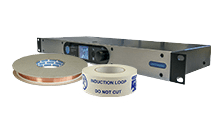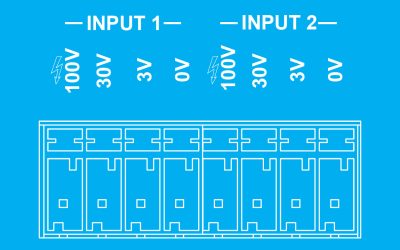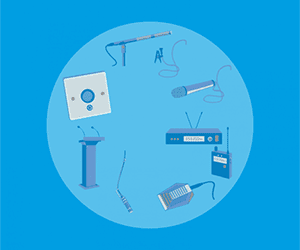Interfacing Audio Sources with Hearing Loops
For any hearing loop system one of the most important considerations is the audio input being provided to the loop amplifier. We have previously covered traditional “pro-audio” mic or line signals,...
Australian Standards – AS 1428.5 2021 Summary of Changes
AS 1428.5 2021 Summary of Changes and Requirements The 2021 revision of AS 1428.5 marks a significant change from the previous version (2010R2016), removing a lot of complexity around measurement...
The benefits of Class D hearing loop amplifiers
With the close of 2021 leaving us with a stark message from the COP 26 global summit that, despite all the pledges from every nation around the world, we are still coming up short of our targets of...
Benefits of networked hearing loop amplifiers
Over the past few years, the audio industry has taken advantage of the rapid development in IT networking. As networks have become faster with increased reliability together with robust wireless...
Metal loss testing and its importance
Site testing or more specifically metal loss testing, is an important test that any integrator should perform to verify if a room can achieve a standard compliant (IEC 60118-4) hearing loop system....
The importance of audio input choice for assistive listening
While adoption of assistive listening is improving around the world, one of the most often overlooked aspects of any provision is the audio input. All assistive listening systems are designed to...








